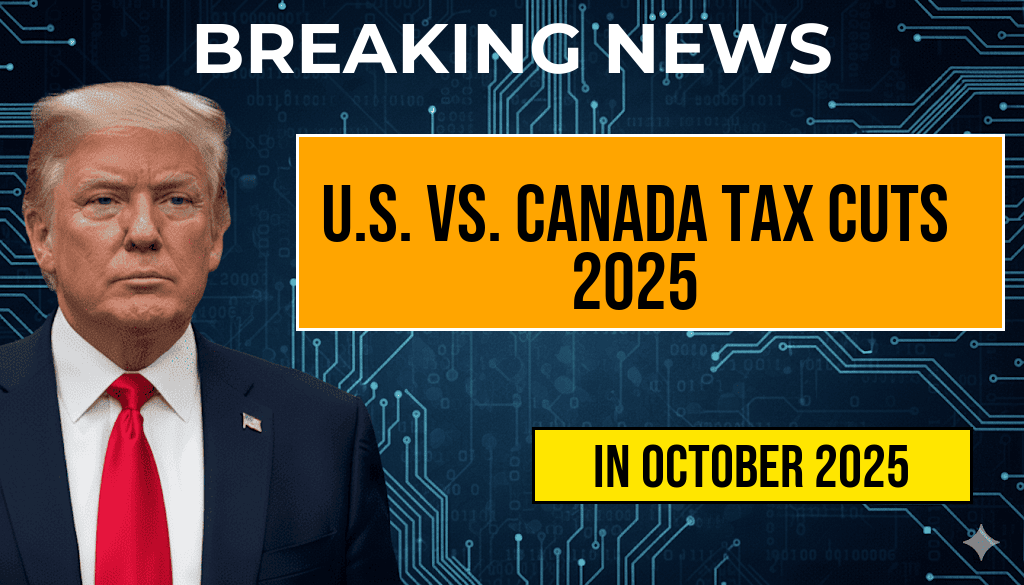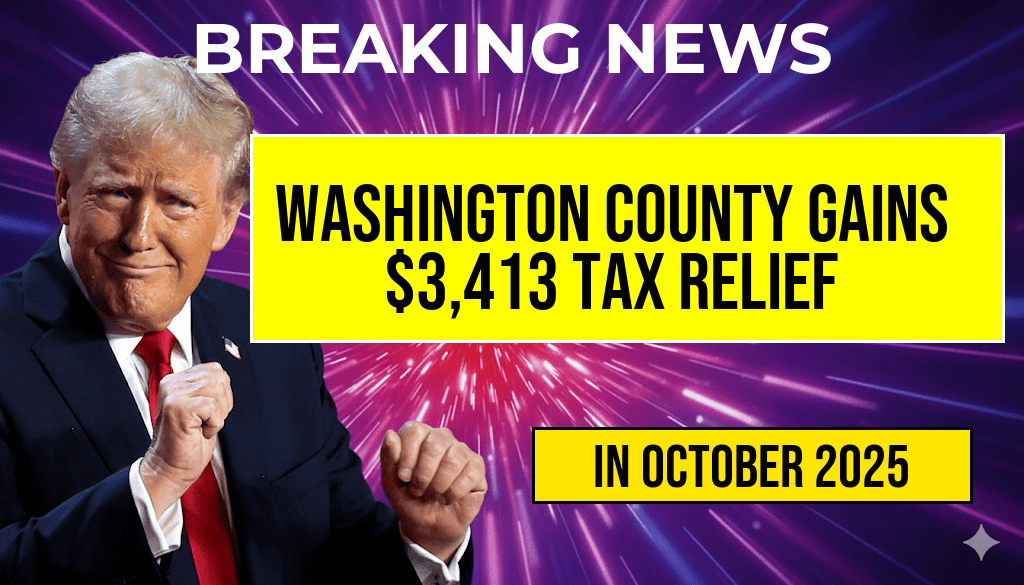As nations navigate the economic aftermath of recent global shifts, tax policy adjustments serve as critical tools for governments aiming to stimulate growth and address fiscal challenges. In 2025, the United States and Canada have implemented notable tax cuts, but the scale and impact of these measures differ significantly when viewed through an international lens. The U.S. has introduced a tax reduction estimated at approximately $3,752 per taxpayer, while Canada’s cuts amount to roughly C$5,200, illustrating divergent approaches to fiscal policy amid shared regional economic pressures. This comparison underscores how differing political priorities, economic conditions, and fiscal strategies shape tax relief efforts and influence citizens’ disposable income across North America.
Understanding the Scope of the Tax Cuts
United States: Focused Relief Amidst a Complex Tax Landscape
The U.S. tax cuts in 2025 primarily aim to ease the burden on middle-income households and stimulate economic activity. The reduction, averaging around $3,752 per taxpayer, stems from a combination of federal adjustments to income brackets, standard deductions, and targeted credits. These changes are part of broader efforts to promote consumer spending and investment, amid ongoing debates over the federal budget and national debt levels. The Tax Foundation reports that these adjustments are expected to boost household disposable income, with some critics warning of potential long-term fiscal implications.
Canada: Broad-Based Tax Relief with Emphasis on Competitiveness
Canada’s government has enacted a series of tax cuts totaling approximately C$5,200 per taxpayer in 2025. These measures include lowering income tax rates across various brackets, enhancing tax credits for families and small businesses, and adjusting payroll taxes. The Canadian approach emphasizes maintaining economic competitiveness and addressing inflationary pressures. The Canada Revenue Agency (CRA) notes that these reductions aim to support household budgets, especially in regions experiencing higher living costs, while also fostering a more attractive environment for business investment.
Economic Context and Policy Objectives
| Aspect | United States | Canada |
|---|---|---|
| Total Estimated Tax Relief | $3,752 per taxpayer | C$5,200 per taxpayer |
| Main Focus | Middle-income relief, fiscal stimulus | Competitiveness, inflation control |
| Implementation Strategy | Adjustments to income brackets and deductions | Lowering tax rates, increasing credits |
| Economic Conditions | Sluggish growth, high debt levels | Inflationary pressures, regional disparities |
Impact on Citizens and Business Environment
Disposable Income and Consumer Spending
The immediate benefit of these tax cuts is an increase in disposable income, allowing households to allocate more toward essential expenses and savings. In the U.S., the average increase of $3,752 can translate into tangible improvements in purchasing power, though the actual impact varies depending on income level and regional cost of living. Canadian taxpayers see a similar boost in their net income, with the C$5,200 figure providing significant relief, especially in urban centers where housing and transportation costs are rising.
Implications for Small Businesses and Investment
Both countries aim to create a more conducive environment for small business growth and investment. In Canada, lower corporate and payroll taxes are anticipated to encourage expansion and hiring, while in the U.S., targeted credits and deductions are designed to stimulate innovation. These measures could influence cross-border investment decisions, with Canada positioning itself as a favorable destination for entrepreneurs seeking cost advantages.
Potential Challenges and Criticisms
- Fiscal Sustainability: Critics in the U.S. warn that continued tax cuts without corresponding spending controls may exacerbate budget deficits.
- Income Inequality: There are concerns that targeted tax reductions might disproportionately benefit higher earners, reducing overall progressivity.
- Regional Disparities: In Canada, the effectiveness of tax relief varies across provinces, with some regions experiencing more immediate benefits than others.
Looking Forward: Long-Term Economic Effects
While immediate gains are evident, the long-term effects of these tax policies depend on broader economic conditions and government responses. Both countries face the challenge of balancing fiscal responsibility with growth incentives. As policymakers monitor the outcomes of these cuts, ongoing adjustments may be necessary to ensure sustainable economic health and equitable benefits for all citizens.
For further insights into North American fiscal policies, visit the Wikipedia page on U.S. taxation and the Wikipedia page on Canadian taxation.
Frequently Asked Questions
What are the main differences between U.S. and Canadian tax cuts in 2025?
The article compares the U.S. and Canadian tax cuts for 2025, highlighting that the U.S. tax cut amounts to approximately $3,752, while the Canadian tax cut offers around C$5,200. These figures reflect different approaches to tax policy and international perspectives.
How do the tax cuts in the U.S. and Canada impact taxpayers differently?
The U.S. tax cut provides a smaller financial benefit compared to the Canadian tax cut. This difference influences individual taxpayers and businesses, affecting their disposable income and economic behavior across both countries.
What factors contribute to the variation in tax cut amounts between the U.S. and Canada?
Key factors include the economic policies, fiscal strategies, and government priorities of each country. Additionally, differences in currency value and tax structures play significant roles in the observed disparities.
Why is it important to consider an international perspective when comparing tax cuts?
Considering an international perspective provides insights into how tax policy affects global competitiveness and economic growth. It helps taxpayers and policymakers understand the broader implications of tax strategies.
What are the potential long-term implications of the 2025 tax cuts in both countries?
The long-term implications include impacts on public revenue, economic stability, and social services. Policymakers must balance tax relief with the need for fiscal sustainability to ensure sustained economic health.








